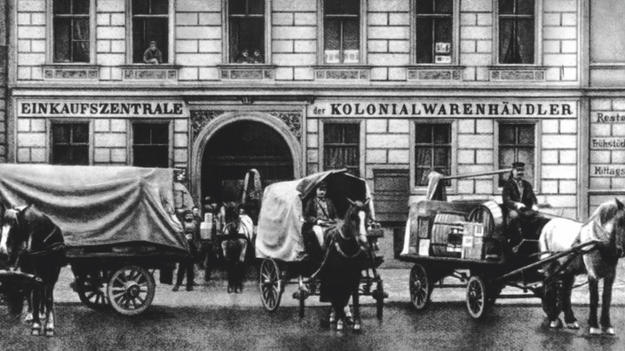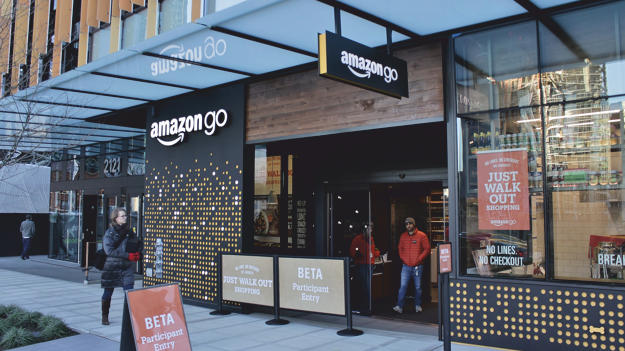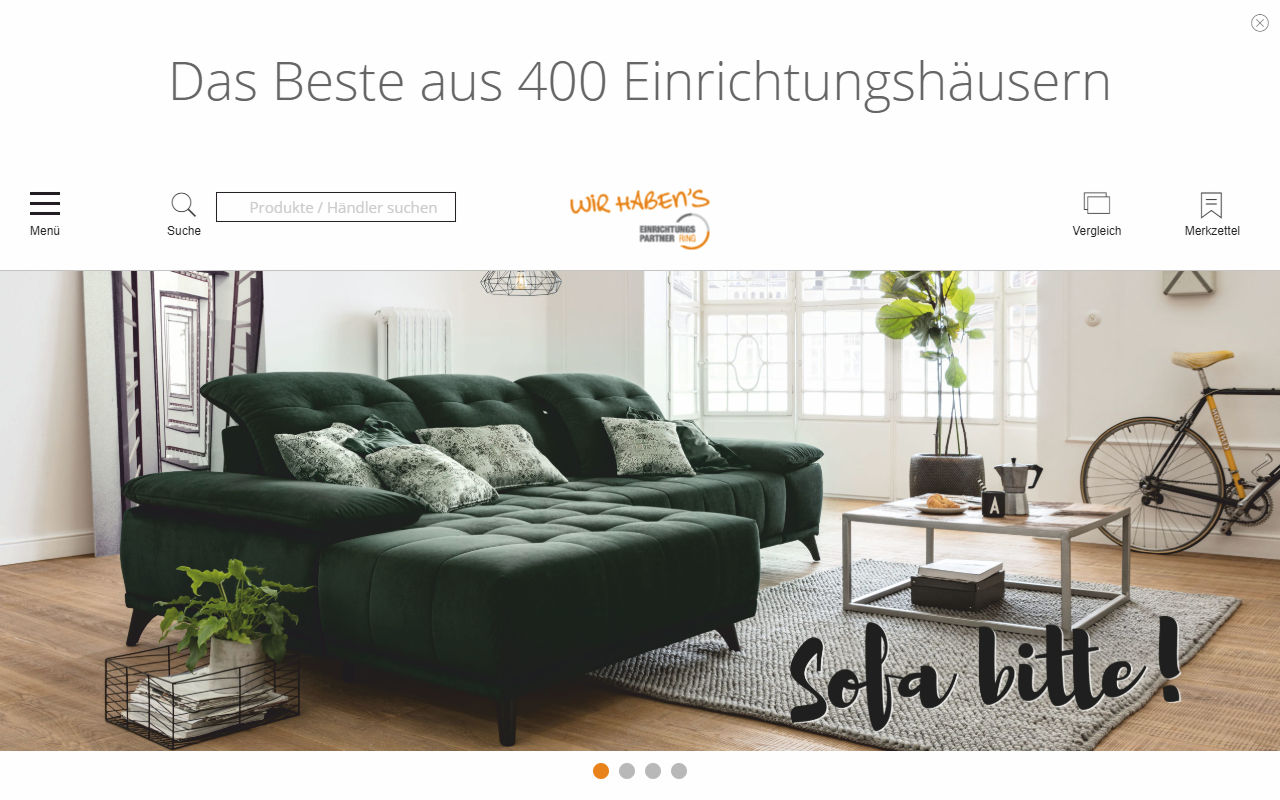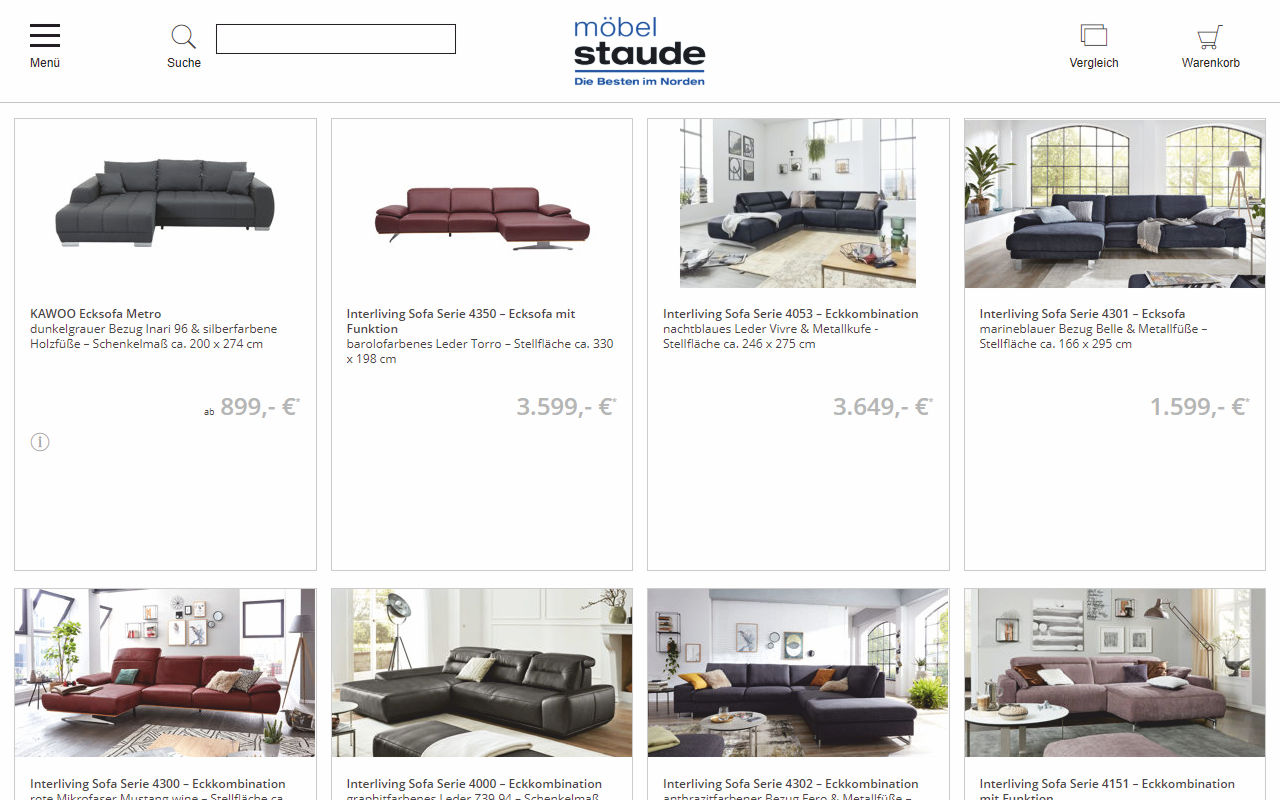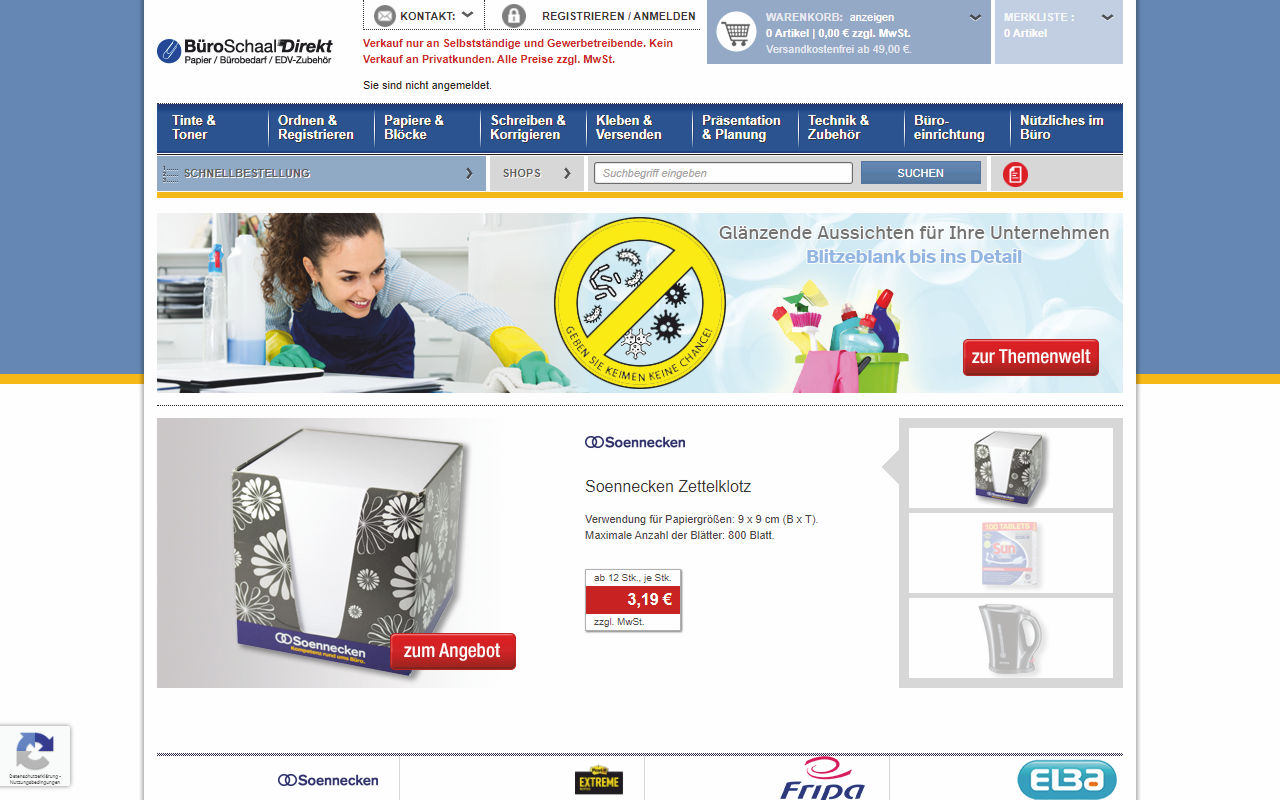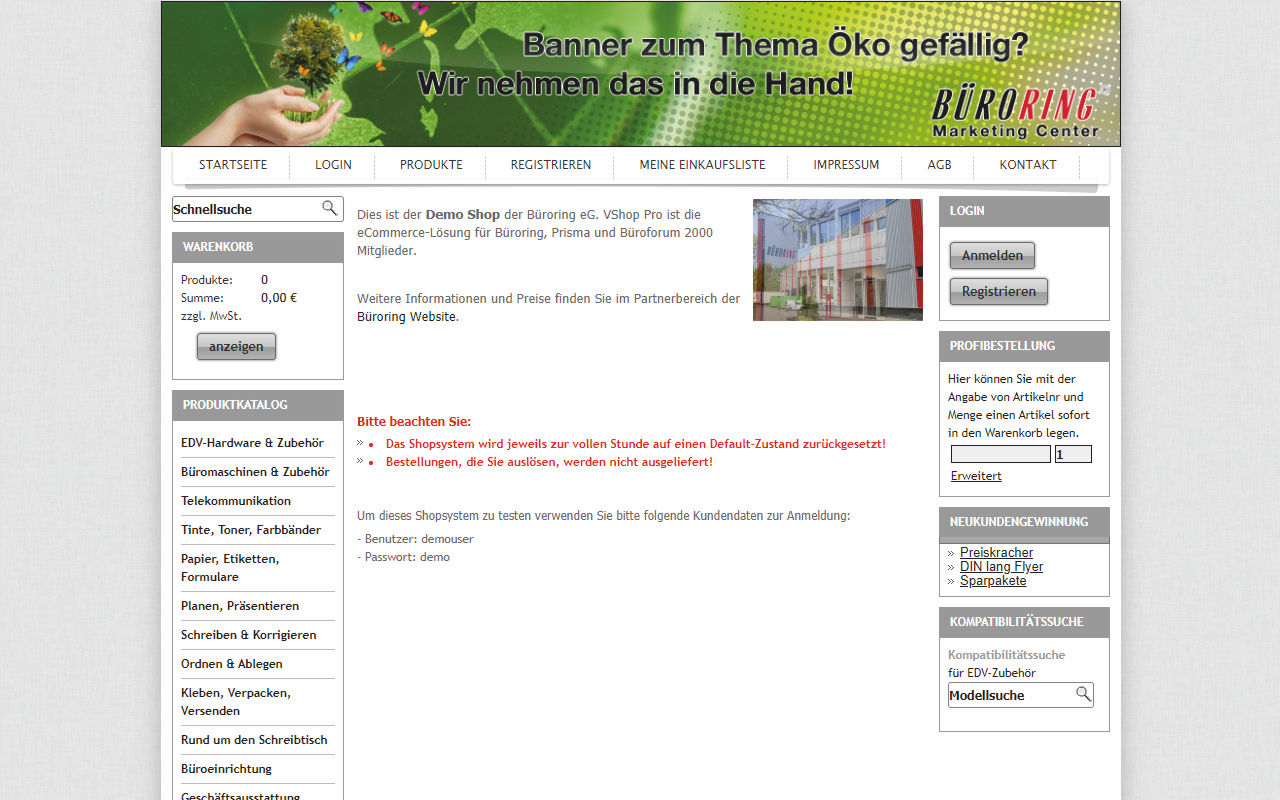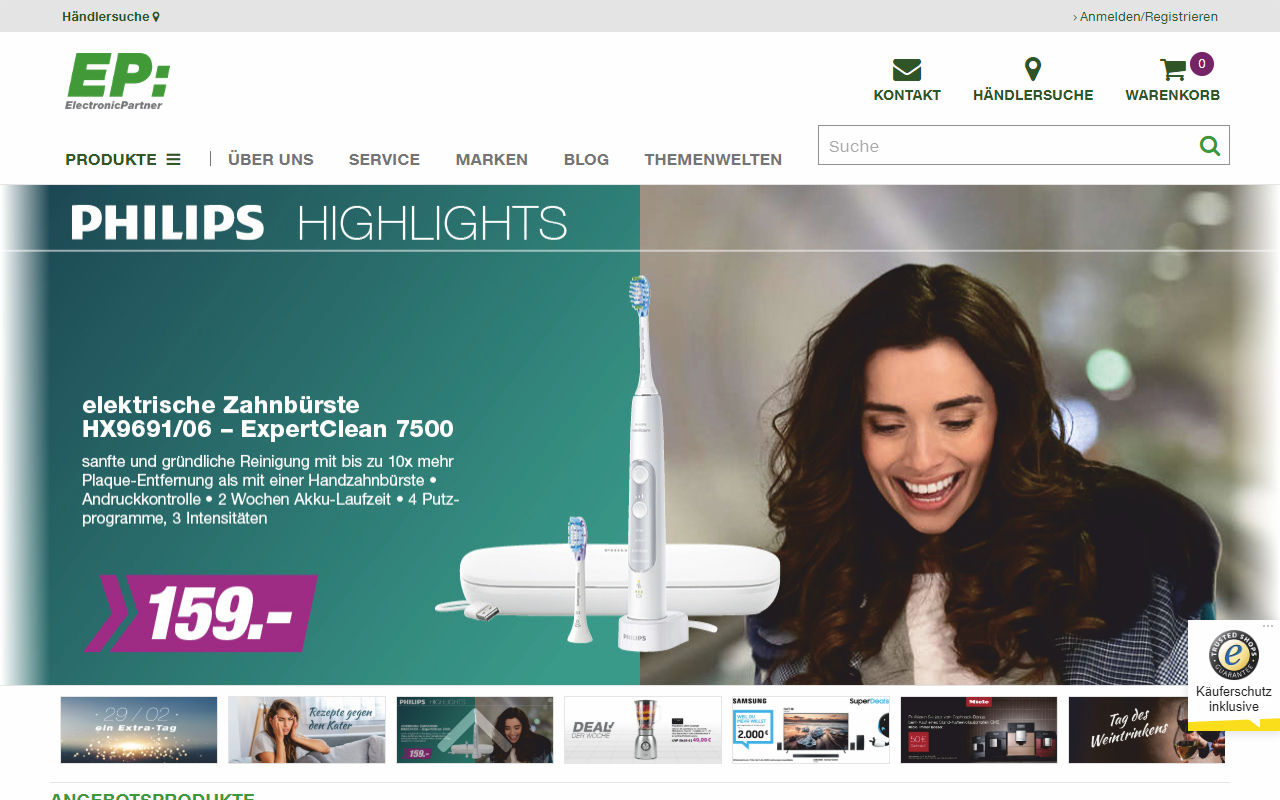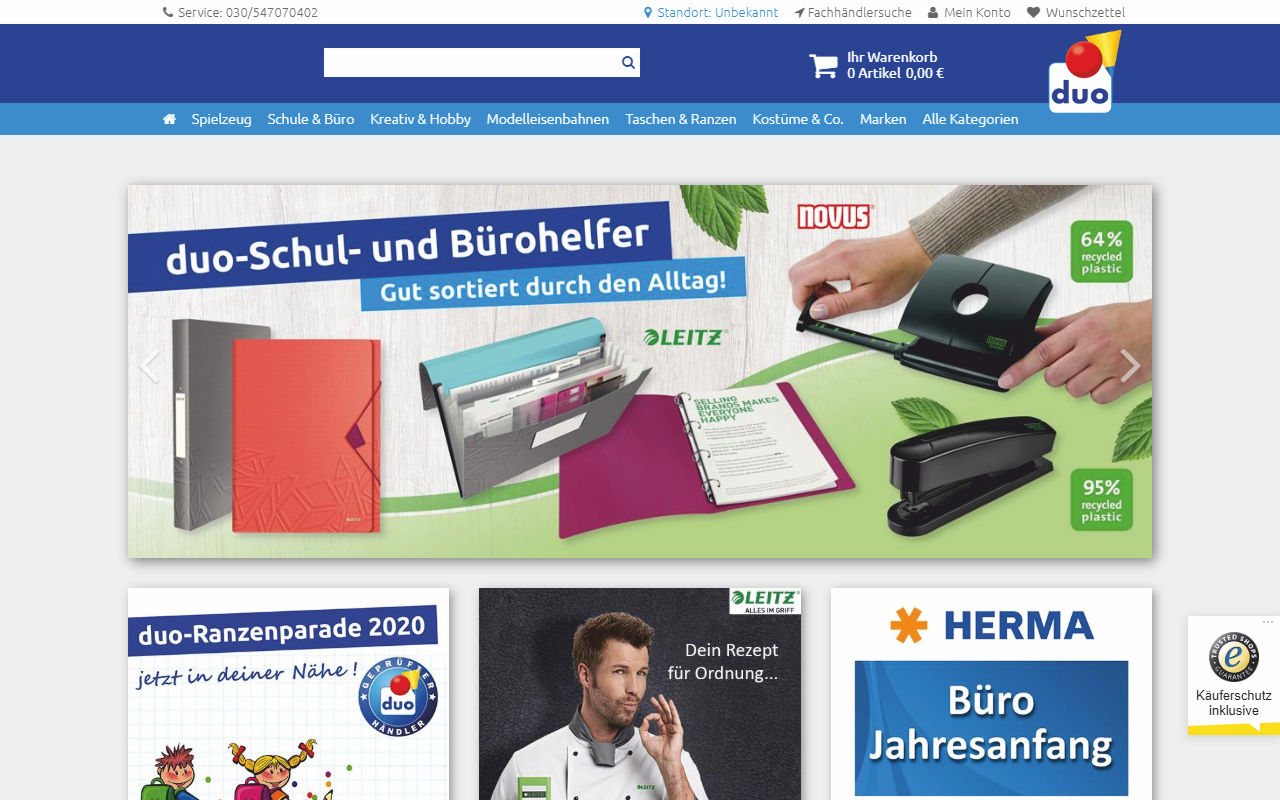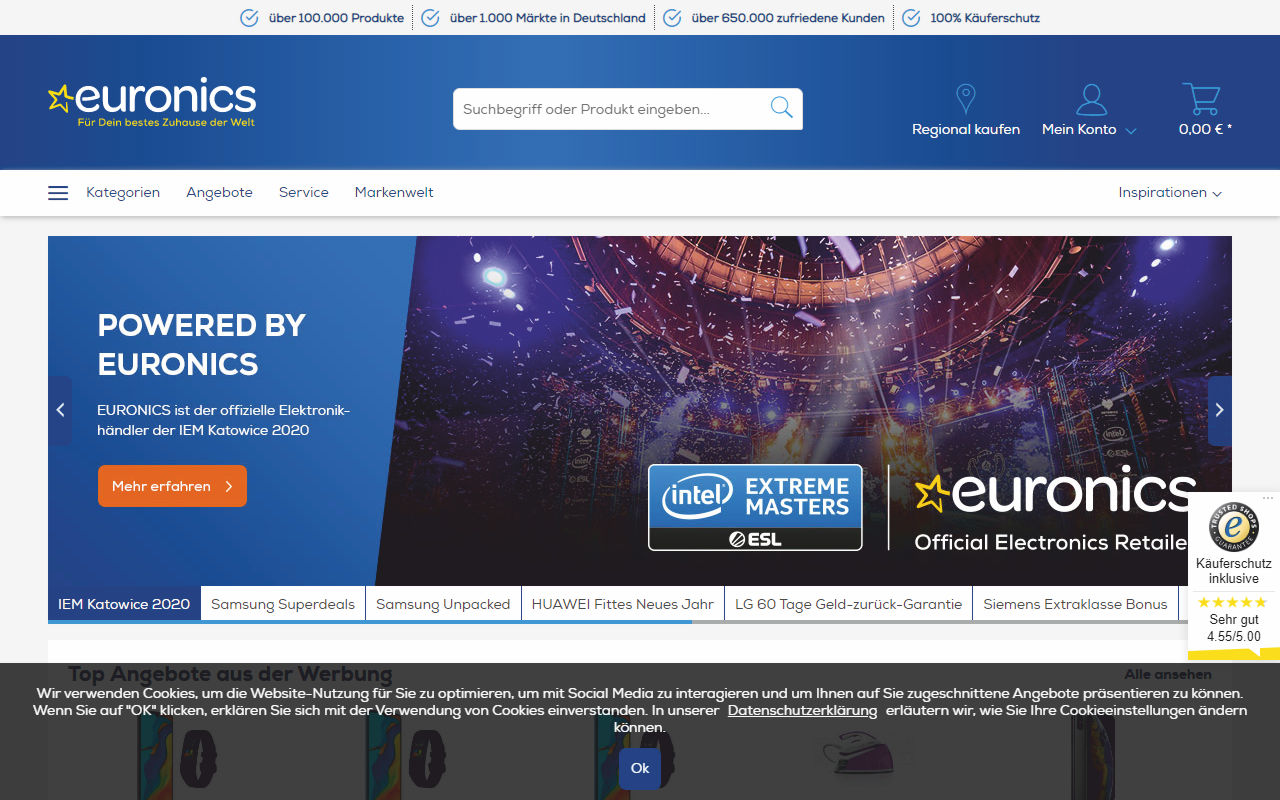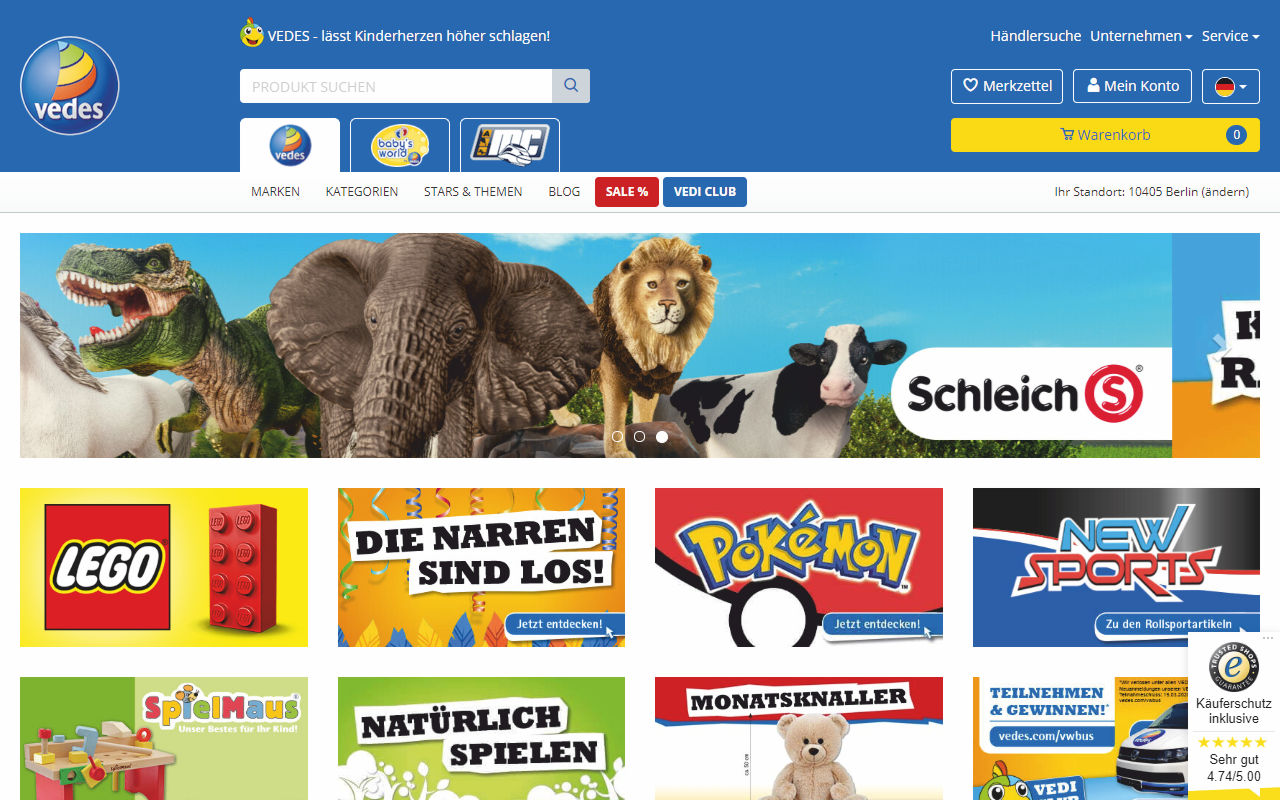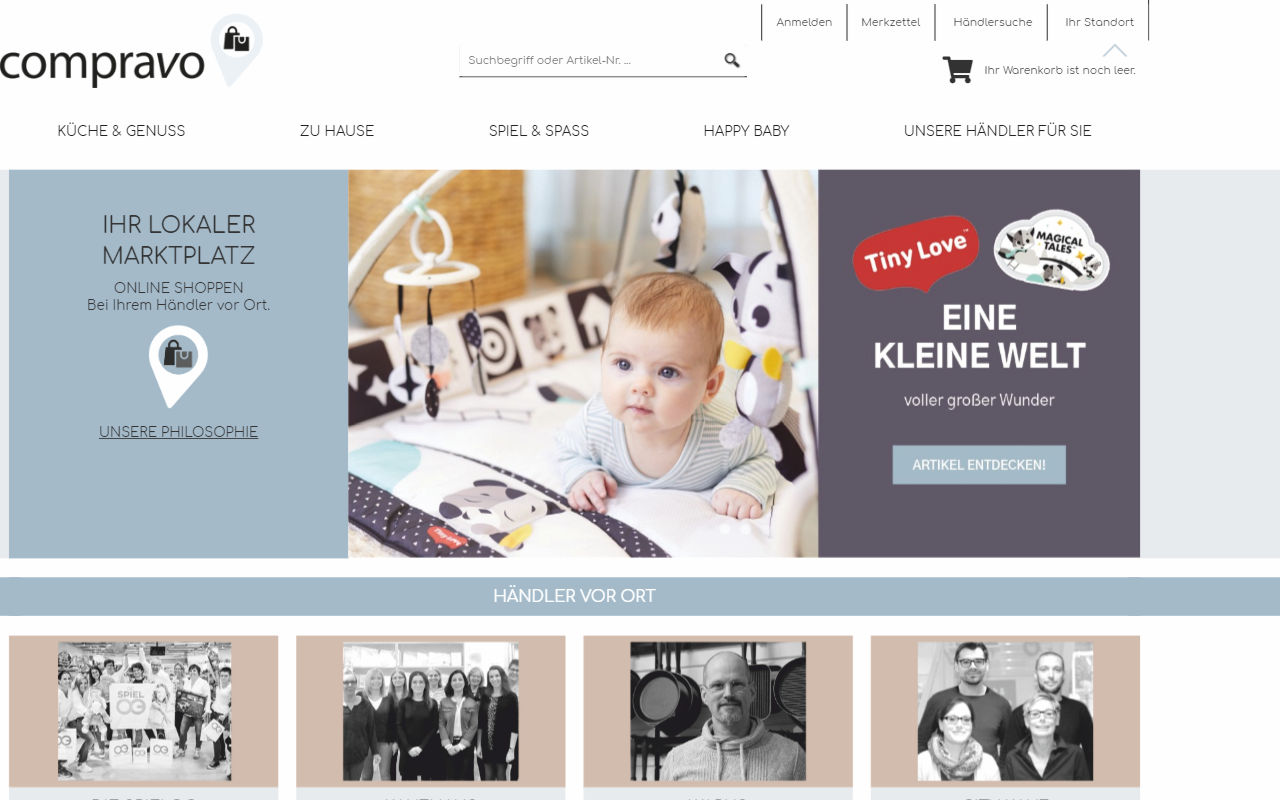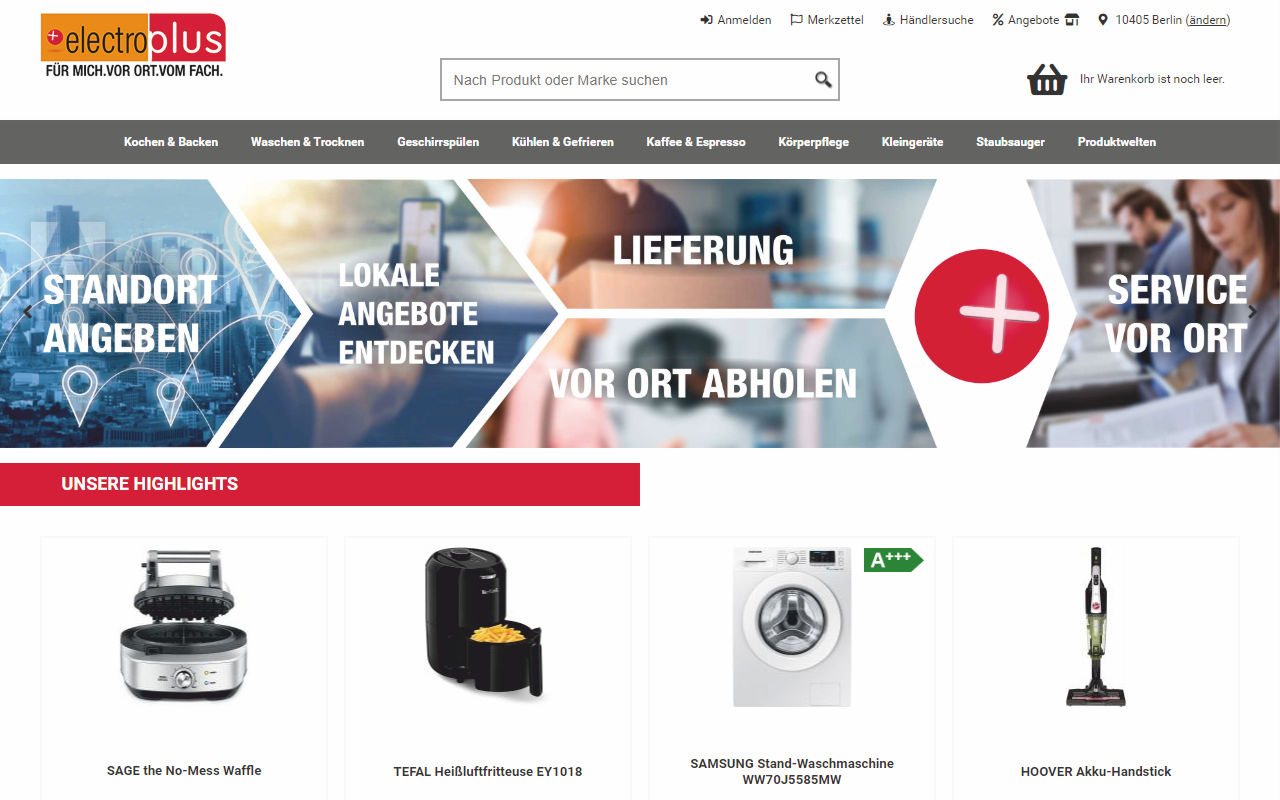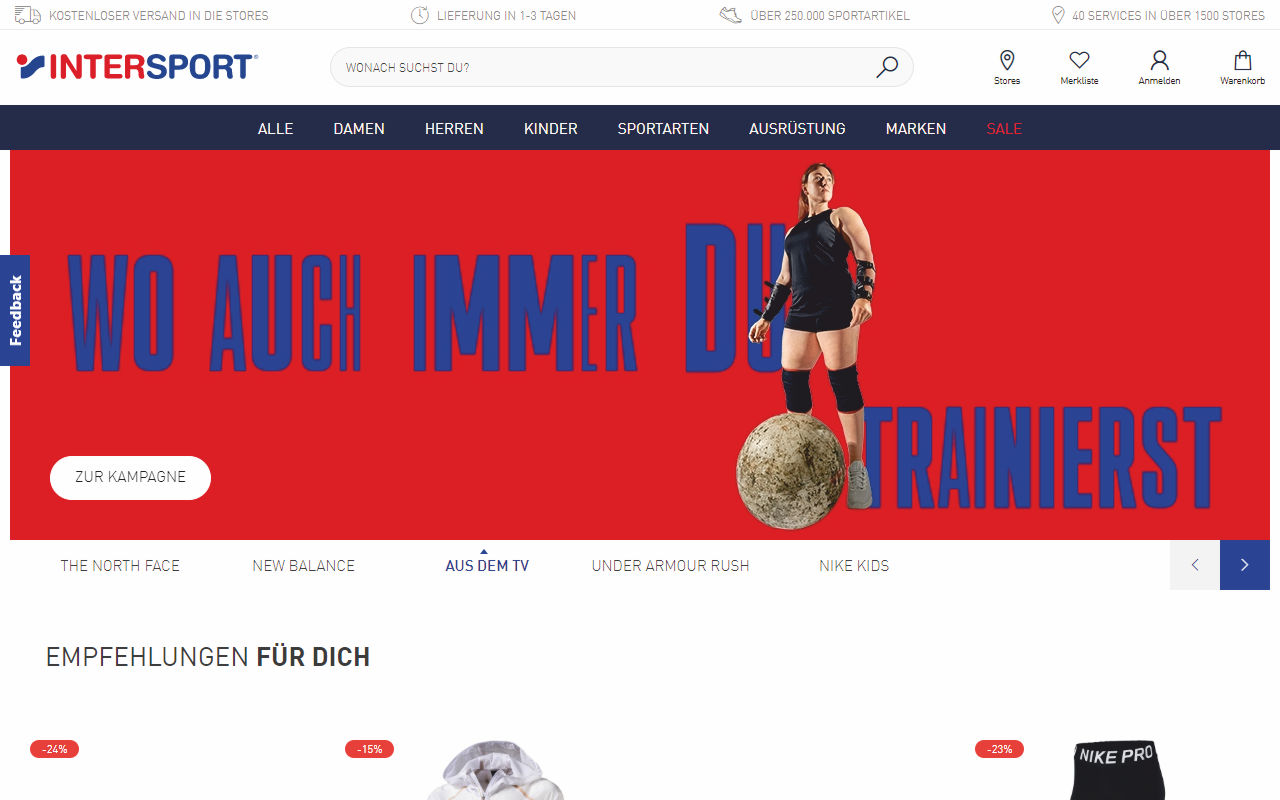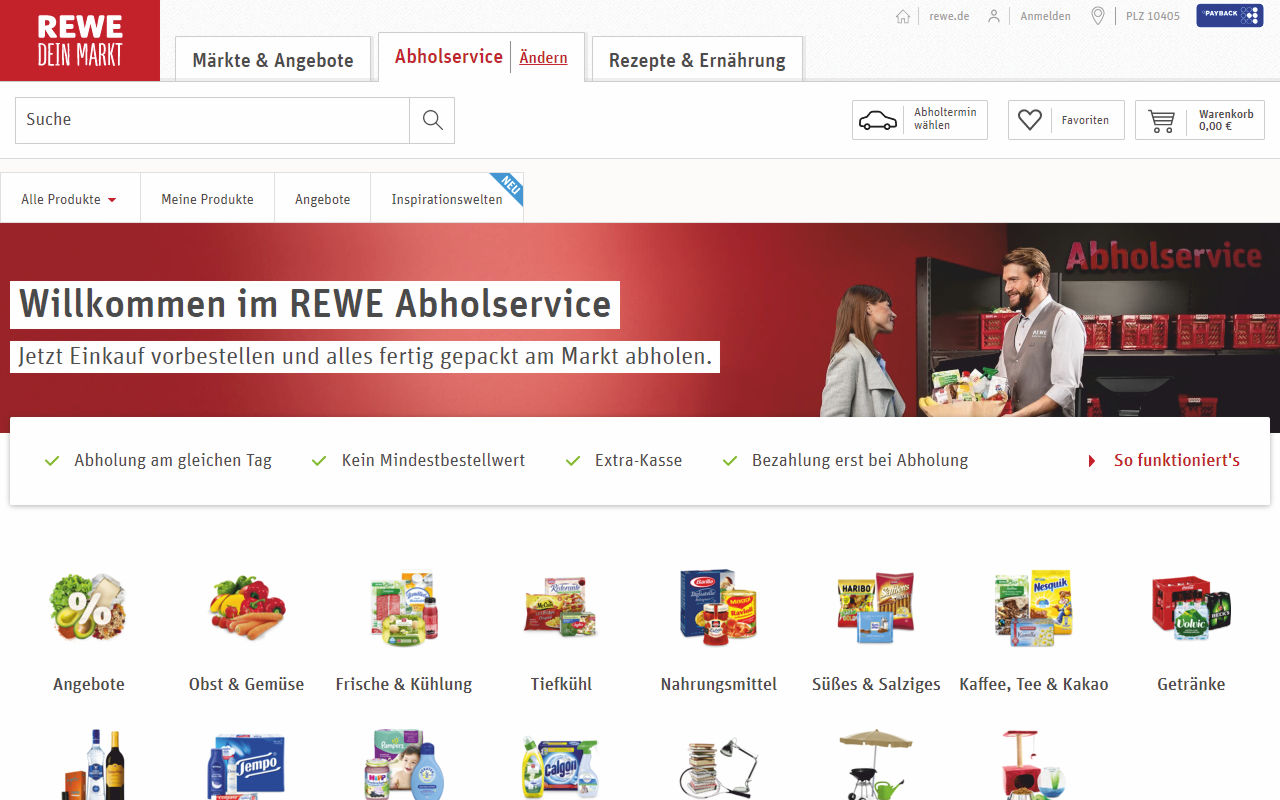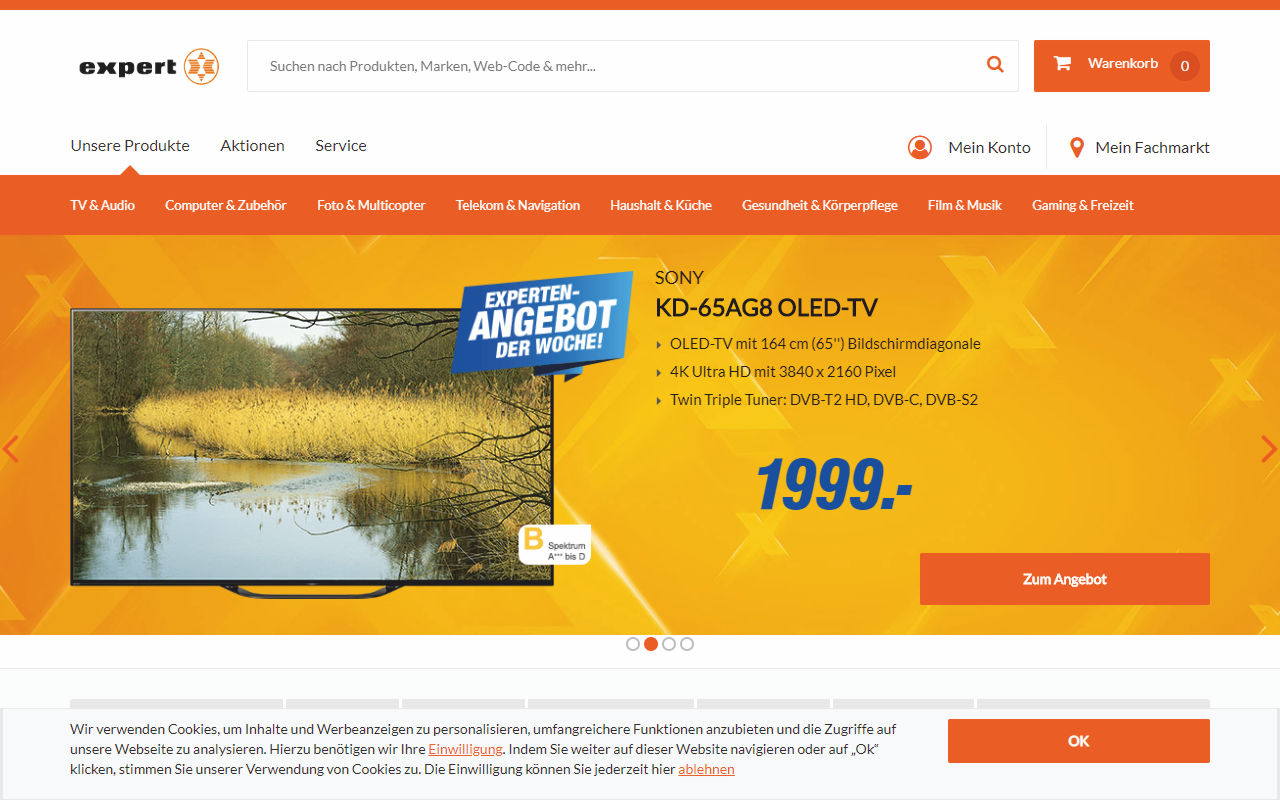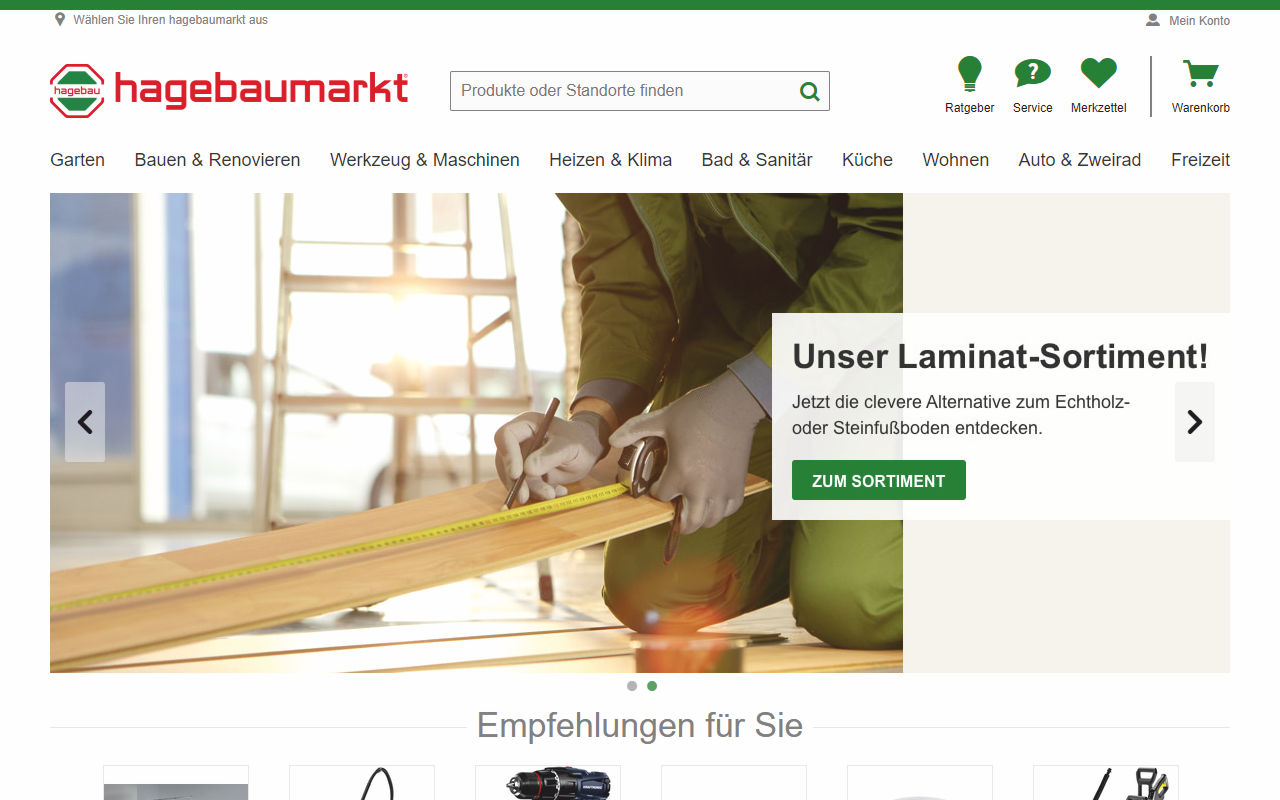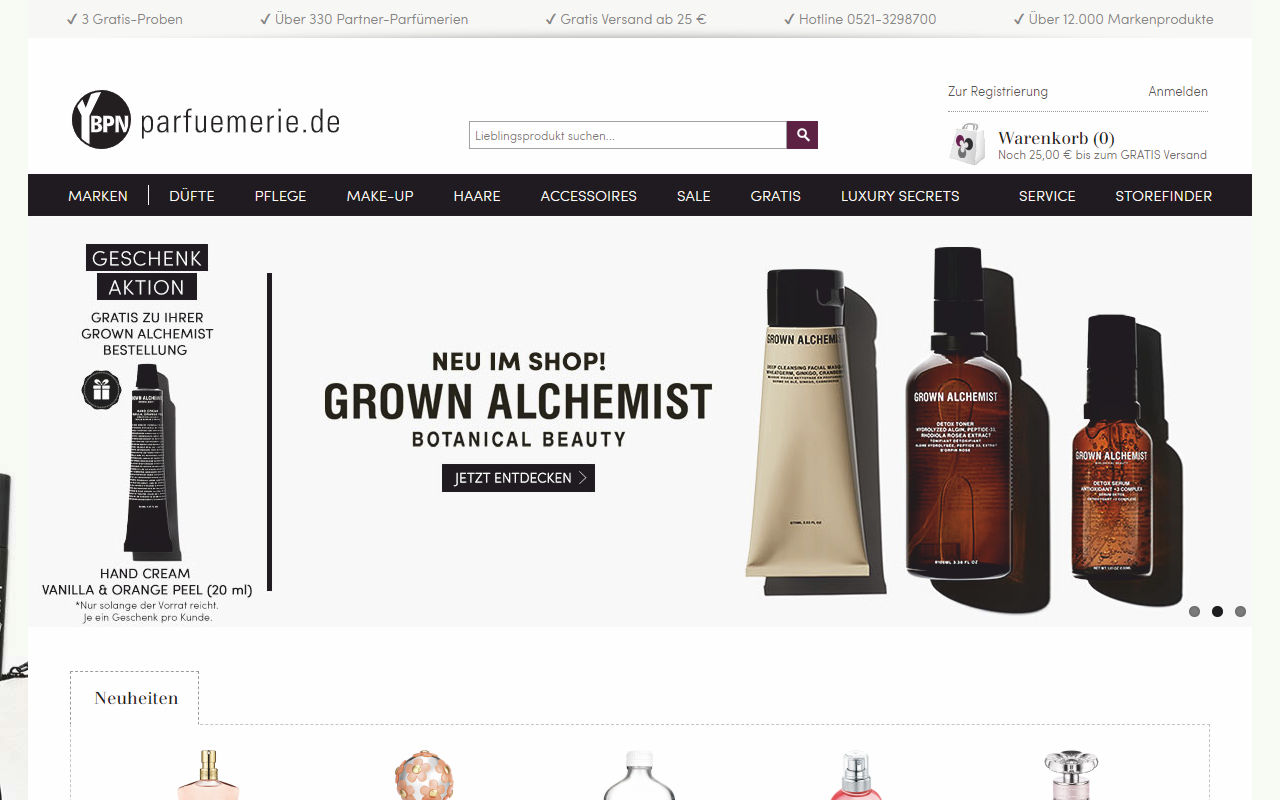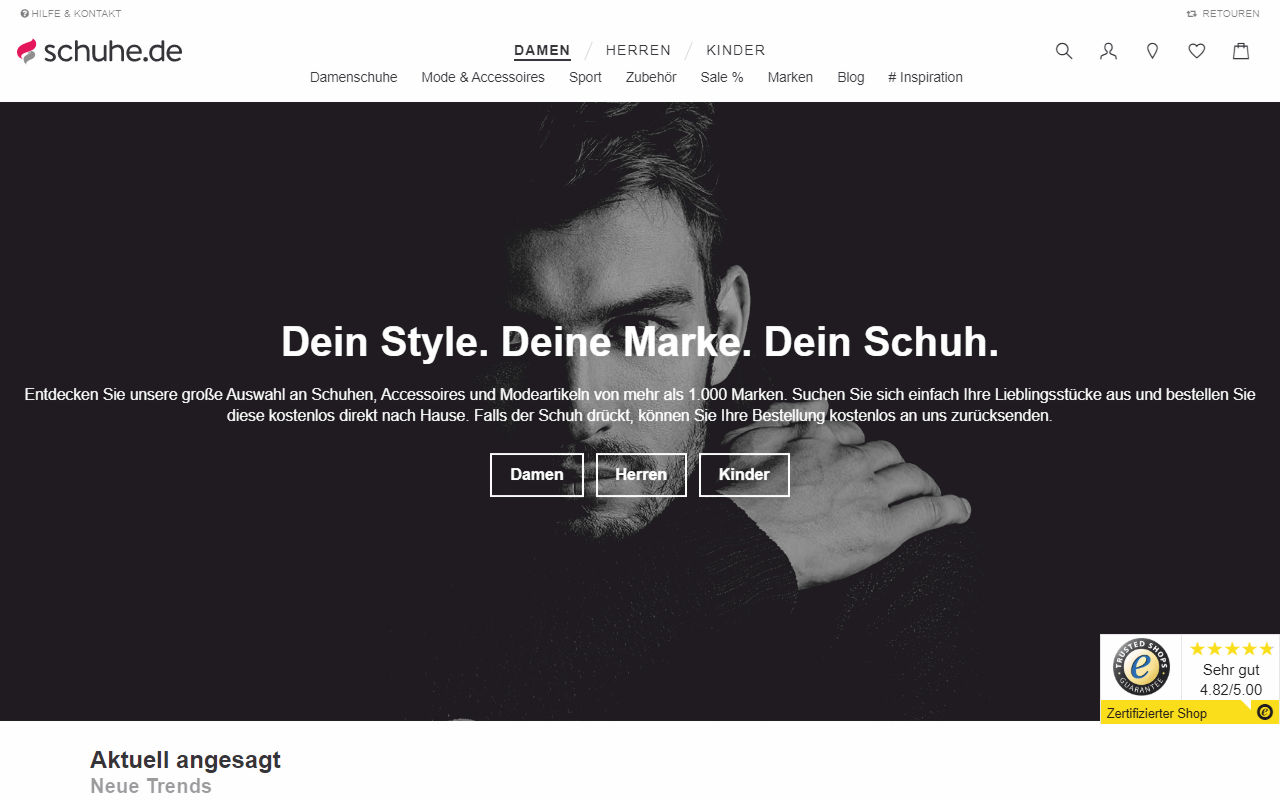Study: The future of retail buying groups [Updated 2021]
Note: For a better display, some elements of the page are hidden in the mobile view. For a complete view including diagrams, we recommend viewing on a computer or tablet
Buying groups, then and now
Traditionally, buying groups have played an important role in retail. Edeka, for example, dates back to 1898, when it was founded as a purchasing cooperative of colonial goods traders in Berlin. While the initial aim was to bundle the purchasing power of small and medium-sized retailers to assert themselves against the newly established department stores, the alliance groups’ central offices later developed further services for their members. These include financing, logistics, marketing, market research, shopfitting, or IT systems. Individual buying groups act under one brand towards the end customer, e.g. Rewe, Intersport, Expert, and Hagebau. Other buying groups are unknown to end customers, e.g. EK Servicegroup or VME Einrichtungspartnerring.
Today, with digitalization and increasing competition from online retail, buying groups face the challenge of offering their members viable solutions. There is a dilemma between the sensible focus on a central online sales channel and the members’ independence. The latter often prefer decentralized solutions, which often do not deliver reach and success due to the individual retailers’ limited resources. Some trade associations try to solve this problem through a marketplace approach, reflecting the decentralized DNA of the trade associations. However, only a few concepts have shown real success. And many buying groups have yet to offer their members any answers or solutions to the challenges and customer expectations in the age of digitalization.
The threat today is no longer a department store but Amazon. But the relationship is double-edged because, as a retailer, Amazon is one of the biggest competitors. As a marketplace provider, Amazon provides small and medium-sized retailers with a massive digital reach and sales opportunity. Simultaneously, with payment, storage, logistics, hosting, and technology, the integration level offers added value to many small competitors. The rapidly growing share of sales from the marketplace and service business at Amazon should alarm buying groups. Meanwhile, Amazon is expanding its service portfolio to stationary trade with offers like their “Just Walk Out” cash register technology based on Amazon Go.
Evolution of the buying group

“I think the buying groups need to reinvent themselves. (…) In all likelihood, the topic of connected retail will also take place in other sectors along the lines of the Zalando model, and the platform operator will then take over the function of the associated groups.”
To learn more about digitization in the German retail sector, read our interview with Prof. Heinemann: Economist Gerritt Heinemann on how stationary retailers can finally move the needle on digitalization.
Activities and services of the buying groups
It is not surprising that 90% of all buying groups are responsible for their members’ central purchasing. Almost half of them offer their members an online portal for procurement. 35% of the alliance groups offer their members logistics solutions, e.g. drop-shipping from the central warehouse. 52% offer one or more IT solutions, e.g. merchandise management, cash register or PIM systems. Traditional marketing such as customer newsletters or magazines is offered by 41% of the alliance groups. Around 70% offer retailers online marketing solutions, e.g. websites, marketing portals, SEO, SEA or social media. Online sales are supported by about 50% of the cooperative groups. This includes the connection to external marketplaces, external advertising platforms or own sales channels. In contrast, only a few trade association groups (16%) support a stationary “digital POS”.
Marketing services of the buying groups
The range of services offered by the buying groups includes numerous marketing services. Approximately 60% of the analyzed cooperative groups mainly provide their members with advertising material such as newsletters or content for the website. Also, almost a third of the buying groups take care of product data to facilitate online sales. To about the same extent, they also manage setting up and designing individual web presences for their members. The typical online marketing measures such as SEO, SEA and social media marketing are offered by one in five of the alliance groups. To be one step ahead of others, around 20% of the buying groups provide their members with a central marketing portal where customers can obtain general information about the affiliated retailers (e.g. carat-profishop.de). Like a central marketplace, an advertising platform also enables users to find out about the products or make inquiries directly. Currently, 16% of the buying groups have developed and implemented an advertising platform.
Range of online sales channels
Almost all of the buying groups that offer their members a solution in “online sales” first built up their own sales channel or created opportunities for their members to set this up individually. 44 buying groups offer their own sales channel, e.g. Expert, Hagebau or Euronics. In addition, 16 buying groups actively support their members’ presence or the central shop solution on external marketplaces. These include, for example, ANWR and KATAG (on Zalando & eBay), Expert and Euronics (on eBay), Vedes (on Amazon & eBay), or KATAG and Unitex (on outfit24). A further eight buying groups additionally support visibility on price comparisons, e.g. Duo Schreib & Spiel, Greenbase, Idee und Spiel (all on Idealo).
Distribution of external marketplaces & price comparisons
Having a presence on external marketplaces provides more reach and sales. Our analysis shows that about 10% of the trade groups have a partnership with eBay. Likewise, seven buying groups support the presence of their members on idealo. We also found that four buying groups are active on Amazon and Zalando. The role of aggregators (e.g. ANWR’s schuhe.de or KATAG’s modehaus.de) and vertical marketplaces (e.g. The Platform Group incl. schuhe24, outfit24, etc.) is also interesting.
3 models for transactional solutions
Only 25 buying groups offer their members an individual webshop solution. This enables each member to operate their own online shop and in some cases, also supports them in generating reach. 15 alliance groups offer a central marketplace solution. This is a platform on which members can trade the alliance group’s product range in their own name and at their own price. Compared to 2019, 6 affiliated groups in 2020 recently provide this solution to their members, e.g. ZEGZ (with der-kleine-biker.de for children’s bicycles), Techno- EINKAUF GmbH (with autoteileplusservice.de). Twelve affiliated groups have opted for a central webshop solution. Here, the sales contract is concluded between the association group head office and the end customer, while the local dealer’s visibility varies greatly. Sometimes these solutions are hardly distinguishable from a marketplace model for the end customer. Sometimes the retailer becomes invisible and the virtual warehouse of the webshop. Multiple counts are possible, as some association groups offer different models.
Individual webshops
One of the buying groups’ original approaches was to provide the members with a tech solution that enabled them to operate their own webshop. This can be operated by the member with their own look and feel and under their own domain name. They can act entirely freely within the webshop of their entrepreneurial discretion, offer product ranges and set prices. Central product catalogs and a connection to the traders’ most important merchandise management systems may be provided. In this way, the trader is visible to his customers online. However, this model is usually not very successful for the retailer, as there is no real market penetration or each retailer has to invest individually in reach. In response to this problem, some buying groups offer a central online product catalog, which is supposed to aggregate customer demand and then forward it to the individual dealer webshops. However, relevant demand is usually not generated, and many retailers avoid investing in e-commerce-compatible processes because of the channel’s low importance. This is not very attractive for the customer.
Examples for individual shop solutions (click for larger view)
Central marketplaces
Central marketplace solutions represent the next step in the development of buying groups. Here, the participating members retain their entrepreneurial independence, but all transactions take place on the platform. The central marketplace can set certain standards and offer additional services to the traders, e.g. contents, payments, drop shipments or customer care. Although the members compete with each other more than in a model with individual webshop solutions, this should be offset by the gain in reach and demand. Offers and services are usually easier for customers to compare, and the choice between the same products with different prices can be attractive. An exception is regional marketplaces, which reduce competition between members, but at the same time also reduce visibility and relevance towards the end customer.
Duo Schreib & spiel deals intensively with the challenges and opportunities for retailers in the context of digitization. The marketplace model is the right approach for us, as it does justice to the DNA of the group. This applies to our own marketplace, the duo shop, as well as to third parties such as eBay or Idealo. Duo Schreib & Spiel sees itself as an enabler and service provider for its shareholders. These include the integrated middleware, payment, logistics services, and 350,000 maintained product data records. The aim is to make our shareholders successful – online and offline.”

Examples of central Marketplaces (click to enlarge)
Central webshops
An alternative to the marketplace for association groups is a central webshop solution. Here, a central entity is always the seller vis-à-vis the end customer. Apart from this central feature, there are different manifestations within this model. In some cases, the traders retain their visibility and are allowed to set their own assortments and prices, analogous to the marketplace solution. Often, however, assortments and prices are controlled centrally, and the dealers are degraded to virtual warehouses. For the association group head offices, such models are easiest to market to end customers. This is especially true with regard to embedding in price comparisons or external transactional marketplaces. However, central webshop solutions also mean the greatest change for the members because in the sense of competition orientation before the customer. Traditional entrepreneurial freedoms of the individual traders are modified or even abolished.

With the ROQQIO Commerce Cloud, we are able to serve even the complex requirements of association groups. We have helped our customers, such as Expert or Intersport, to implement a strong online sales channel with the involvement of the retailers via a central webshop solution. This combines the strength of a central brand promise with the possibilities of connected commerce or decentralized shipping. In the end, such a solution is also to the advantage of all dealers of these affiliated groups, who benefit from the competitive appearance of the affiliated group vis-à-vis the end customer. In addition, our centrally controlled backend solution offers further exciting possibilities for extending reach on external marketplaces or the inclusion of brick-and-mortar retail to map the complete omnichannel customer journey.”
Examples of centralized shop solutions (click to enlarge)
5 typical connected commerce functions
Even if trade associations have opted for a central webshop model or a central marketplace, they usually still offer their members a lot of visibility and connected commerce functions:
For example, 44% of the shop solutions offer or enforce a dealer assignment via postcode so that the end customer can or must assign himself to the dealer in his vicinity. 37% of the shop solutions offer a click & collect function, i.e. the customer buys online and can then collect the goods locally from the retailer. 33% of the shop solutions offer a Click & Reserve function, i.e. the customer reserves online and can then purchase the goods locally at the retailer. Both serve to direct online customers to the stationary trade. Less common are the display of stationary availability without offering C&C or C&R (19%). Only 7% of the webshop solutions offer customers the return of returns in the stationary trade.
Range comparison of the models
If the models’ success is initially measured in terms of reach, on the one hand, the individual shop solutions are omitted. On the other hand, no clear picture emerges between central webshop and marketplace solutions. With Expert and Euronics, for example, both models enjoy a relatively large reach in the consumer electronics segment. A comparison of online sales between the alliance groups is not possible due to a lack of data. However, the majority of the alliance groups – irrespective of the model – only achieve a very low online reach, which highlights the role of external marketplaces such as Amazon, eBay or Zalando. It should be noted; however, that online sales channels have massively increased their reach during the pandemic, especially in the food category (Rewe).
(source: similarweb.com)
The buying groups in the study
The study takes into account more than one hundred buying groups, at least some of whose members engage in B2C trade. In some cases, the members operate under a trade brand provided by the alliance group. The range of business models and sectors covered is very wide
The following diagram gives an overview according to sectors and product ranges:
Furniture and home
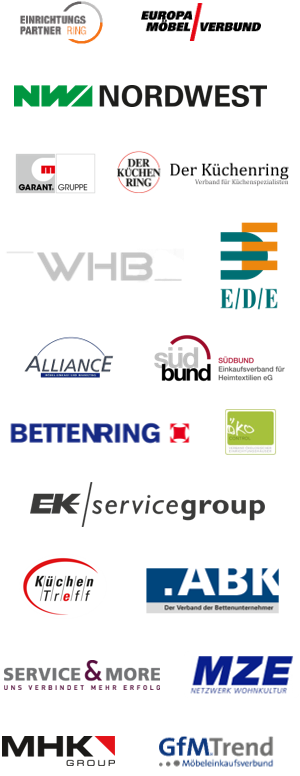
Health and beauty

Home and garden
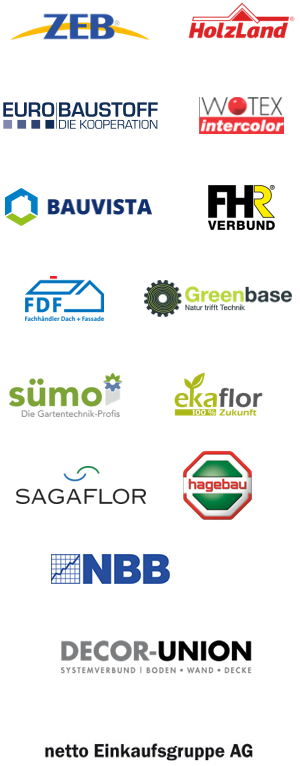
Fashion and sport

Tech and media
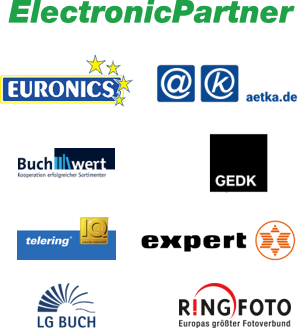
Business and Industry

Food and beverage

Stationery and office

Mobility

Toys

Image source “Amazon Go”: SounderBruce / CC BY-SA
Short portrait & contact – eStrategy Consulting
eStrategy Consulting helps clients to use digital innovations to further develop existing business models and to create new business opportunities. We support the retail industry in its further development towards omnichannel and connected commerce and count manufacturers, classic big box retailers, the retail real estate industry or digital marketplaces and platforms among our clients.
eStrategy Consulting covers the entire lifecycle of digital innovation, from analysis to ideation, solution development and market launch. We work as strategy and concept developers as well as seamlessly integrated and pragmatic implementation managers. To do this, we rely on a mix of methods from the world of digital business and classic management consulting. The focus is both on our client’s applying customers as well as his organization and skills necessary to operate.
